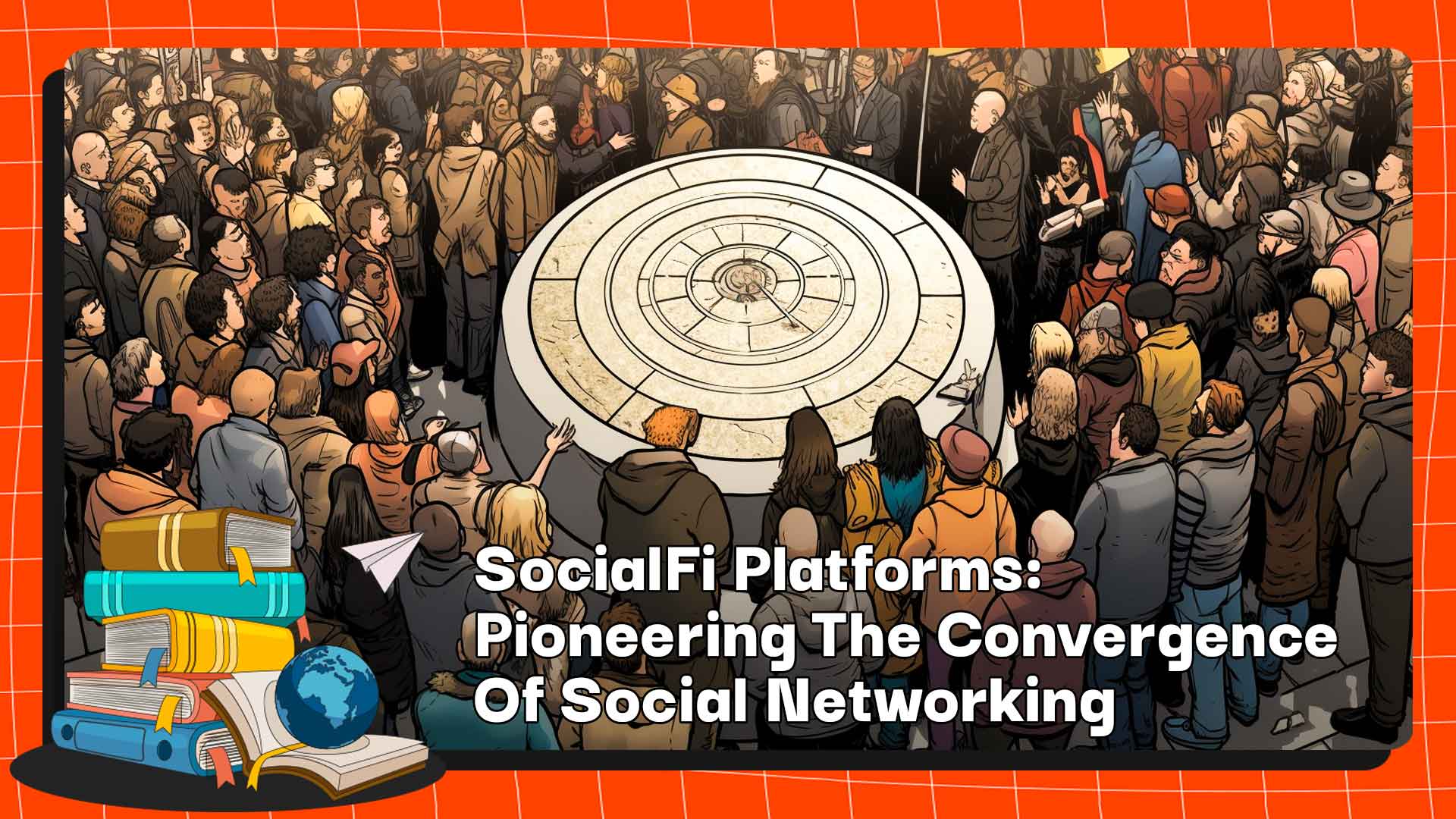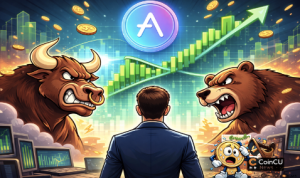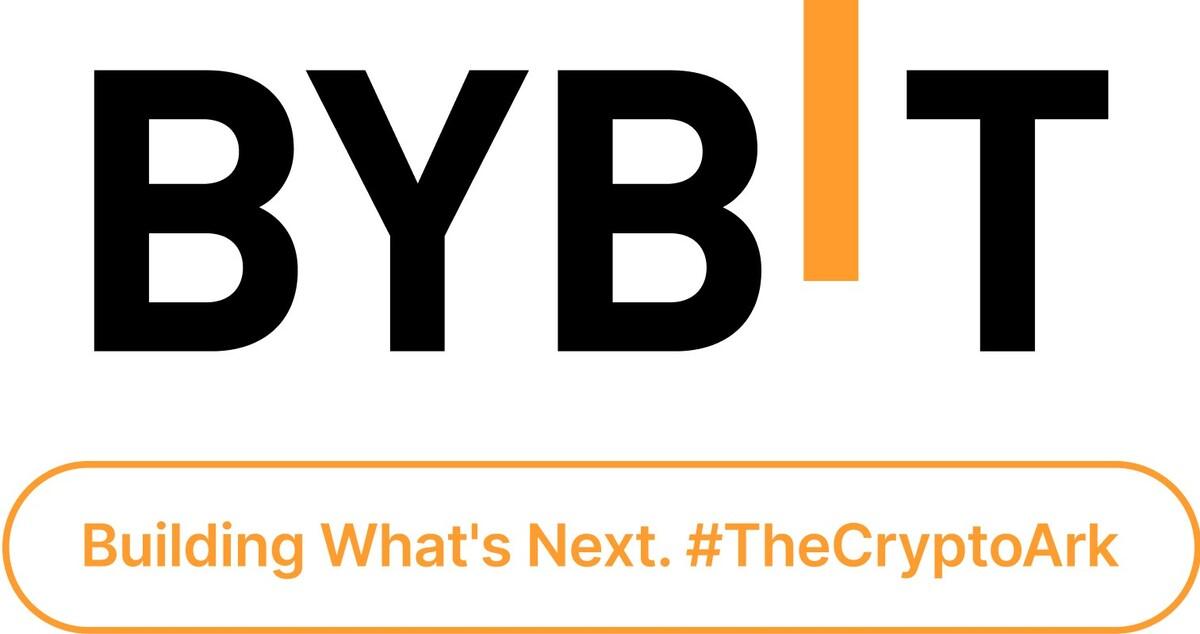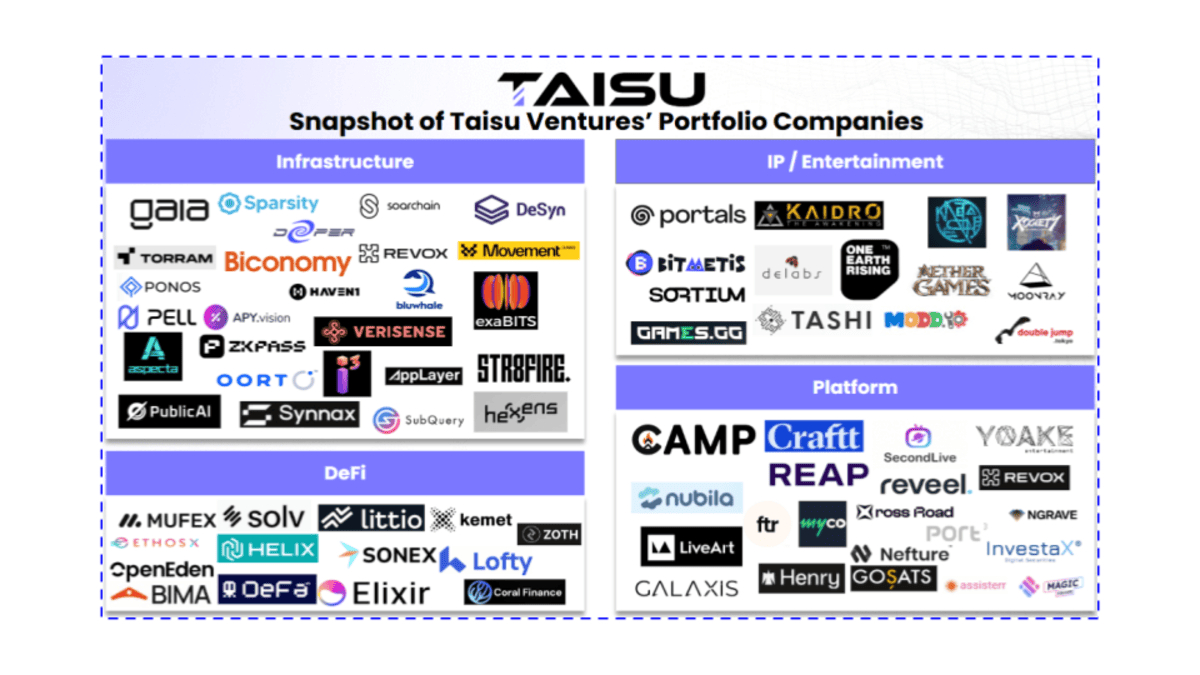SocialFi platforms are gaining prominence as a sophisticated and inherently attractive business model, surpassing the strategies employed by current social media giants. Today, let’s learn about SocialFi platforms with Coincu.
What is SocialFi?
Marrying Social Media and Decentralized Finance
The convergence of social media and decentralized finance (DeFi) has given rise to SocialFi, a revolutionary concept empowering users with unprecedented control over their data, freedom of expression, and the ability to monetize their social interactions.
Empowering Users in the Web3 Era
SocialFi, an abbreviation for Social Finance, is a DeFi project that embraces the Web3 approach, offering an interactive platform where users can not only connect but also assert control over their data. Unlike traditional social media giants such as X (formerly Twitter), Facebook, and Instagram, SocialFi challenges the status quo by providing users with ownership of their engagements.
The Innovation of Traditional Social Media Giants
At its core, SocialFi operates on blockchain technology, allowing users to monetize their interactions securely. This innovative platform is structured as decentralized autonomous organizations (DAOs), strategically designed to thwart centralized censorship decisions that often plague mainstream social media.
Monetizing Interactions
Content creators, influencers, and participants form the backbone of SocialFi Crypto applications, seeking greater autonomy in managing their data, freedom of speech, and the opportunity to monetize their social media following and engagement. The monetization process typically involves cryptocurrencies, with identity management and digital ownership facilitated through nonfungible tokens (NFTs).
Interactive Hub for Influencers
One of SocialFi’s primary goals is to establish an accessible and interactive hub where influencers and content creators can seamlessly manage their interactions while generating income based on the value of their shared content.
This Web3 innovation not only facilitates monetization but also fosters a social-media-like community that mitigates censorship, enabling individuals to learn, collaborate, and interact while capitalizing on their expertise.
Read more: Top 5 SocialFi Projects You Should Know In 2024
Overview of SocialFi Platforms
Background of the birth of SocialFi platforms
Saturated DeFi Market Sparks SocialFi Innovation
The DeFi market witnessed substantial growth between 2020 and 2022, but as of late, it has become saturated. SocialFi platforms are now heralded as the next frontier, signaling a fresh chapter in the development of the overall market. This shift aims to attract more users and explore untapped areas within the decentralized financial ecosystem.
Overcoming Web2 Social Media Limitations
SocialFi platforms are not only a response to the saturation of DeFi but also a solution to the limitations inherent in Web2 social media. While conventional social networks have fostered community connections and unique content creation, they grapple with issues of transparency and user data ownership. SocialFi platforms integrate DeFi features and leverage social tokens to enhance user engagement and motivation, addressing these longstanding challenges.
Growing Web3 Community Demands More Content Control
The expanding Web3 community‘s demand for increased content sharing is a pivotal factor driving the adoption of SocialFi. These platforms provide a decentralized solution for users to control their assets and data on social networks, aligning with the growing trend of communities seeking more control over their digital footprint.
Binance’s Strategic Move into SocialFi
The involvement of industry giant Binance in the SocialFi space adds significant weight to its emergence. Binance Labs, as part of its ecosystem development roadmap from April 2022, has actively sought out SocialFi platforms for investment. With Binance’s influential position, SocialFi is poised to become a trendsetter rather than merely a trend follower, with many in the market likely to follow suit.
Evolution from the Social Token Trend
SocialFi represents a natural progression from the social token trend that gained prominence in March 2021. Projects such as Rally and Bitclout paved the way, allowing brands, organizations, and individuals to launch their own tokens, fostering community interaction and adding value through token features. While SocialFi doesn’t necessitate social token operations, the social element of social tokens is expected to propel the development of SocialFi platforms and catalyze increased community activity in Web3.
NFT Integration Amplifies SocialFi’s Impact
Building on the success of social tokens, SocialFi platforms are also integrating NFTs. Users can now issue NFTs to represent intellectual property rights for art, images, music, or content shared on social networks. This not only safeguards copyrights but also expands community outreach through social media, further solidifying SocialFi’s position at the intersection of DeFi, social media, and NFTs.
How do SocialFi platforms affect?
A Paradigm Shift in Social Networking
SocialFi platforms are a groundbreaking direction, prioritizing the preservation of freedom of speech and data ownership. These platforms leverage blockchain technology to introduce decentralization into the social network sphere, marking a significant departure from traditional models. With the integration of Web 3.0 technology, SocialFi platforms boast a range of features that redefine the user experience.
One distinctive feature is the immutable nature of data stored on the blockchain. Unlike conventional platforms, information cannot be altered or deleted once recorded. This empowers users to share any content and information without the fear of censorship or removal from the platform.
SocialFi’s Elimination of Third-Party Intermediaries
SocialFi platforms usher in a new era of transparency by eliminating the need for third-party intermediaries. This, in turn, ensures a fair distribution of profits generated from content development, providing users with a direct share in the platform’s success.
Moreover, users gain unprecedented control over their personal data. They have the autonomy to sell their information to interested parties, enabling them to profit from their data actively, without being passive participants in the selling process.
Pioneering the Future of Social Networking Engagement
In essence, SocialFi platforms represent a pioneering experiment in reshaping the dynamics of user engagement in social networks. By embracing blockchain and Web 3.0 technologies, these platforms empower users with greater freedom, control, and financial participation in the ever-evolving landscape of social media.
Benefits of SocialFi platforms for participating parties
Unveiling a triad of benefits for interconnected entities, SocialFi platforms redefine possibilities in the Web3 era.
Empowering Social Network Projects
Social networking projects, synonymous with social media platforms, stand to gain manifold advantages through integration with SocialFi platforms:
-
Diversifying Revenue Streams: SocialFi opens the door to new revenue streams by seamlessly integrating DeFi into the platform. This transformative approach allows for the creation of economies revolving around creators’ valuable content, facilitating engagement with decentralized finance platforms.
-
Fostering User Interaction: Elevating user interaction, SocialFi enables the creation of social tokens representing ownership within the platform. Moreover, users can actively participate in decentralized governance, shaping the trajectory of the platform. Decentralized infrastructure solutions, including storage and identity, further fortify security and privacy.
Catalyzing DeFi Projects
DeFi projects, seeking to reach a broader audience and enhance interactivity, find a symbiotic relationship with SocialFi platforms:
-
Expanding User Base: SocialFi becomes a conduit for DeFi projects to tap into users who engage with social networks but may be unfamiliar with financial activities. The fusion of social features, such as discussion forums and fundraising for ideas, enhances the overall interactivity of DeFi projects.
-
Community-Driven Development: Users can actively participate in decision-making processes, fostering a sense of community. With communication channels embedded in the platform, stakeholders can collectively contribute to the development and growth of DeFi projects.
Enriching SocialFi Platform Users
End users navigating SocialFi platforms experience a paradigm shift in their digital engagement:
-
Blockchain Integration: SocialFi platforms offer seamless integration between various blockchain applications. This enables users to access and utilize a diverse array of DeFi services and social networks within a unified platform.
-
Empowering User Control: Decentralized identity solutions and blockchain security mechanisms provide users with unprecedented control over their personal data and information. This move towards self-sovereignty aligns with the ethos of Web3.
-
Monetizing User Value: Users can now monetize the value they contribute to social networks. SocialFi platforms redefine the user experience by allowing individuals to interact and generate profits based on the content they share within the decentralized ecosystem.
Hightlight Features of Socialfi Platforms
A Paradigm Shift in Social Media with Open Data
The Evolving Social Media Landscape
Social media applications today rely on complex data networks known as “Social Graphs.” These networks map user relationships, interactions, preferences, and more. However, in the current Web 2.0 scenario, these social networks are isolated ecosystems, with data and analytics owned and controlled by host companies.
Users lack real ownership or control over their data, resulting in a disconnect when trying to switch to new platforms. Rebuilding connections and social history becomes a cumbersome process.
Empowering Users with Open Data
Enter SocialFi, a pioneering model that aims to create a foundational layer where users have true control over their social media data. The key to this model is “open data,” enabling users to seamlessly transition to new applications within the same social network without the duplication problem.
Imagine a scenario where a prominent figure like Joe Rogan decides to switch platforms due to limited access issues; with SocialFi, users can effortlessly bring their data to any application of their choice, eliminating the need to start over.
Reshaping the Social Media Landscape
The significance of open data becomes even more apparent when considering the recent development in existing Web 2.0 social networking applications. Meta, the owner of Facebook and Instagram, has introduced Threads, allowing users to instantly follow and connect with their Instagram friends upon signing up.
However, the crucial distinction lies in the fact that user data on Instagram and Threads is still controlled by Meta. This centralized control raises concerns, particularly for content creators, as platforms can alter monetization, moderation, or revenue-sharing models, potentially impacting users’ experiences.
Enabling New Creative Possibilities
Integrating blockchain technology
One of the distinctive features of SocialFi platforms lies in their deployment on the blockchain, providing a high level of interoperability with various smart contracts and protocols. This open data architecture empowers developers to seamlessly integrate with Web3 Social protocols and applications.
Bridging the Gap Between Web2 and Web3 Social Networks
Unlike their Web2 counterparts, these platforms enable the connection of users’ on-chain history to their social profiles, leveraged NFTs, and facilitate the transformation of content and posts into NFTs for potential sale.
The key advantage of this interoperability is the ability to combine functionalities, a feature often constrained on traditional social networking platforms due to their inherent individuality. By leveraging open data, innovative developers can integrate their social platforms with a myriad of protocols from DeFi applications, metaverse games, DAOs, NFTs, and more.
Community Building and Development
The Evolution of Blockchain-Powered Communities
In recent years, blockchain infrastructure has proven to be a dynamic force in uniting individuals around shared goals and interests. Diverse have communities emerging, leveraging token participation to foster collaboration and innovation.
Notable examples include ConstitutionDAO’s collective bid for the US Constitution, DeFi protocol governance through voting on platforms like Uniswap, Safe, Maker, and Gnosis, as well as investment initiatives in digital art such as PleasrDAO. Social clubs centered around NFT collections have also flourished within this blockchain-powered ecosystem.
Enhance user experience
The integration of cutting-edge technologies, such as Dynamic NFTs, with the rise of SocialFi protocols is poised to elevate these community-building experiences to unprecedented heights.
An exciting prospect lies in the incorporation of real-world data into Web3, where certifications, purchases, and relationships can dynamically shape new, relevant communities. This fusion of technologies not only facilitates the instant creation of communities based on shared characteristics but also paves the way for the emergence of novel forms of commerce.
Connecting the Web3 community
Picture a Web3 social network woven together by collective identities, epitomized by NFT records and other forms of tokenization. The true innovation lies in the ability of these collective identities to cross-reference similar characteristics, forming a network of connections that transcends traditional boundaries. The openness and transparency of blockchain data enables platforms to autonomously generate communities based on shared profiles within the social network.
Anti-Censorship & Property Rights
Advocates for anti-censorship argue that while unrestricted expression is crucial, it should be tempered within defined limits. The concern stems from the considerable power and control that traditional platforms wield over user data, allowing them to regulate online discourse and potentially expel users at their discretion, leaving individuals with no alternative but to acquiesce.
SocialFi platforms solve this problem to some extent. Apps built on SocialFi protocols can still moderate content, but users maintain full ownership and have the option to leave one app and switch to another while retaining their data. their materials.
The Next Roadmap of SocialFi Platforms
SocialFi faces a daunting challenge in directly rivaling Web2 giants like Facebook and Twitter in terms of user experience. Recognizing this, proponents of SocialFi advocate for a strategic shift, emphasizing the exploitation of unique Web3 features such as DeFi, NFTs, and other services to offer users inventive and distinctive utilities.
Rather than engaging in direct competition with well-established Web2 applications, SocialFi platforms aim to carve out a niche by capitalizing on the transformative capabilities inherent in Web3.
Looking towards the future, the rationale behind the belief that SocialFi Web3 platforms will eventually surpass their Web2 counterparts is grounded in the concept of superior network effects. While Web2 products accumulate and manage data individually, Web3 applications leverage a shared data ledger, fostering network effects at the ecosystem level rather than being confined to individual applications.
Conclusion
As SocialFi emerges in its early stages, a steadfast belief in its potential and inherent advantages is driving speculation that these platforms could usher in a new era, eventually eclipsing Web2 applications. The unique characteristics of SocialFi are seen as the catalyst for a transformative trend, potentially reshaping the landscape of digital interaction.
In its infancy, SocialFi faces the challenge of establishing itself in a domain dominated by well-established Web2 applications. However, proponents of SocialFi express confidence that its distinct features, rooted in decentralization and community-driven innovation, have the power to redefine social networking.
DISCLAIMER: The information on this website is provided as general market commentary and does not constitute investment advice. We encourage you to do your own research before investing.

























